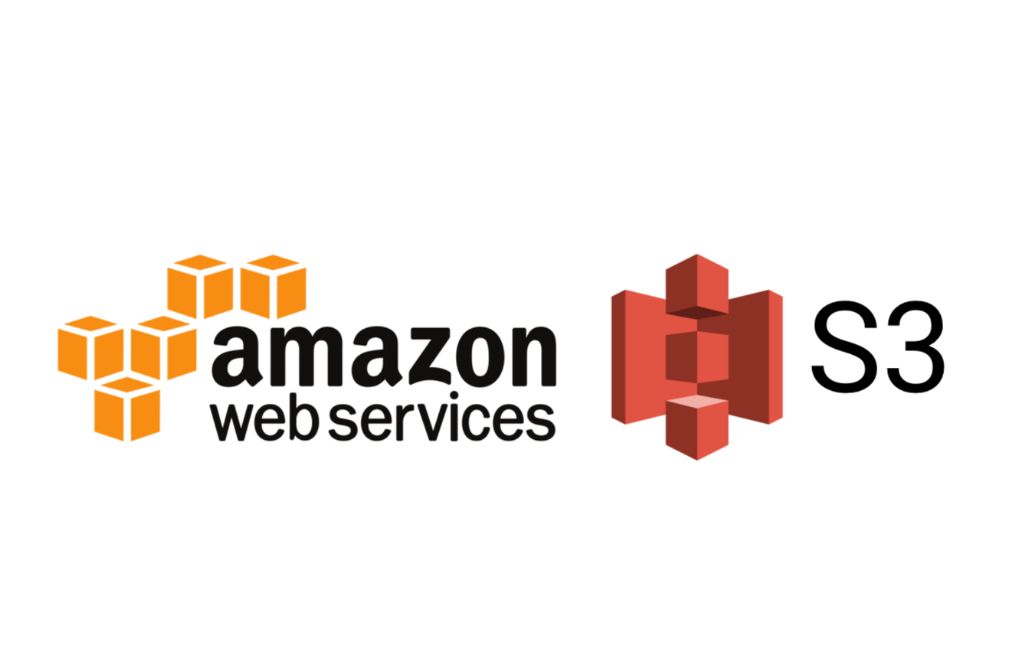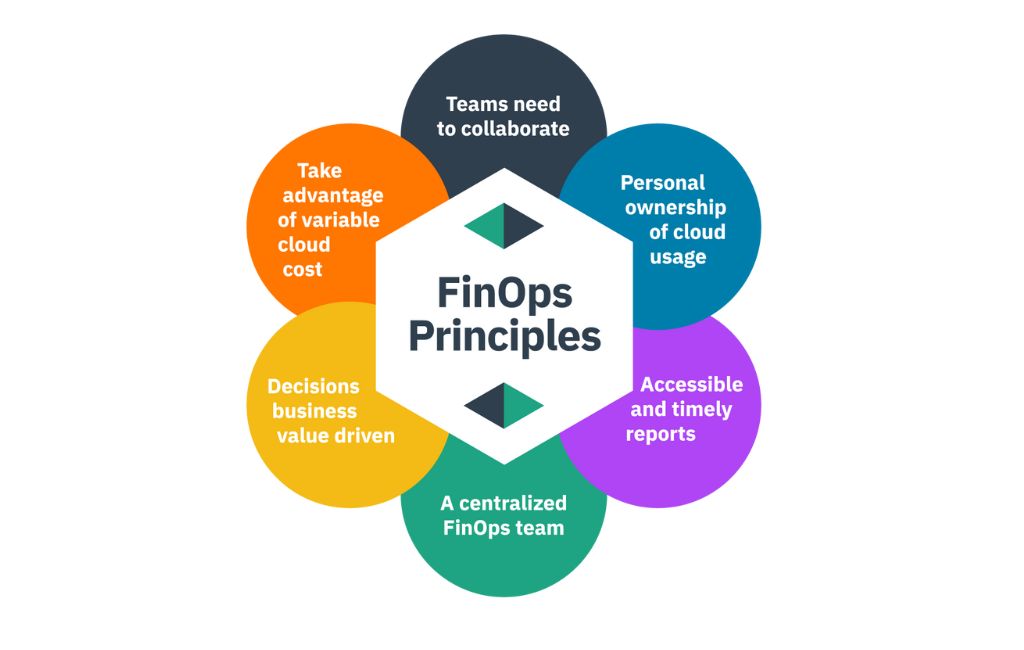What is Multi Cloud Cost Optimization?
Multi cloud cost optimization involves allocating the most suitable and cost-effective cloud resources to individual workloads or applications. It carefully balances performance, expenses, compliance, and security needs to ensure that cloud investments align optimally with organizational requirements.
Multi cloud cost optimization is an ever-changing process, continuously adapting to shifting application demands and the dynamic landscape of cloud pricing and service offerings. Given the intricate nature of cloud environments, this optimization demands comprehensive metrics, analytics, and automated tools.
Each workload within a cloud deployment is distinctive and undergoes evolving requirements. To achieve cost optimization, it is essential to determine performance thresholds for each workload, drawing from domain expertise and actual operational metrics. The goal is to minimize expenses while guaranteeing that performance levels remain within the defined thresholds.
In the following sections, we will delve into the 12 pivotal factors essential for effectively optimizing your cloud expenditure. To gain comprehensive insights into each crucial step, keep scrolling:
Learn 12 pivotal factors essential for effectively optimizing your cloud expenditure
In the following sections, we will delve into the 12 pivotal factors essential for effectively optimizing your cloud expenditure. To gain comprehensive insights into each crucial step, keep scrolling:
1. Review Pricing and Billing Information
We should add the need for establishing a routine cadence for reviewing the reports and assigning those accountable for ensuring budgets are maintained. Utilizing this data, you can pinpoint areas with high costs and implement strategies to save on expenditures. By giving priority to and examining services and workflows that incur substantial expenses, you gain insight into the cloud’s cost and can make informed decisions about your spending. This way, you can avoid paying for unnecessary or redundant resources. Implementing a regular review cycle to monitor cloud expenses and designating a team member responsible for ensuring that business units adhere to their allocated cloud budgets will help maintain alignment with your FinOps implementation in cloud operations.

2. Set Budgets and Alerts
To manage costs effectively, it’s essential to ensure that all parties involved are aware of the objectives and budgets for each project. Avoid using arbitrary figures and instead foster communication among engineering leaders, product leadership, and executives to gain a clear understanding of cost requirements.

Align the requirements based on the intended packaging and delivery of products and features. For instance, distinguish between a free trial or enterprise plan. Consider these requirements as tradeoffs during the planning and development phases, alongside factors such as speed and resiliency.
Create a monthly budget to guide your cloud computing strategy, tailoring it to suit your organization’s specific needs. A well-defined budget is critical for overall spending planning and cost optimization.
3. Identify Idle or Unutilized Resources
To optimize cloud costs effectively, start by identifying and addressing unattached and unused resources. Sometimes, administrators and developers provision temporary servers for specific tasks but forget to de-provision them once the job is done. Similarly, storage attached to terminated instances may be overlooked, resulting in inflated bills from cloud providers like AWS or Azure. A multi cloud cost optimization strategy is crucial in locating these dormant resources and eliminating them to reduce unnecessary expenses.

Another area of cost optimization involves identifying and consolidating idle computing resources. Cloud providers charge for these idle resources, even if they are not being actively utilized. By identifying and merging such resources, you can significantly reduce costs. For example, if your CPU utilization is only 10%, but you are being charged for 100%, there is a wastage of computing resources.
It’s important to find all idle resources and consolidate them to achieve cost savings. There is no need to retain idle resources in anticipation of busy seasons or traffic spikes since cloud features like auto-scaling, load balancing, and on-demand options can efficiently scale up capacity as needed. By leveraging these capabilities, you can optimize your cloud costs while maintaining flexibility and performance.
4. Right-Size Cloud Services
Right-sizing empowers you to assess computing services and adjust them to their most efficient size. However, manually sizing instances can be challenging due to numerous potential combinations, including memory, graphics, database, storage capacity, and throughput options.

To overcome this challenge, right-sizing tools come into play, providing change recommendations across instance families. These tools play a pivotal role in reducing cloud costs and optimizing cloud usage, ultimately enabling organizations to achieve peak performance from their existing resources.
5. Multi cloud cost optimization: Use Reserved Instances
Reserved instances (RIs) are pre-paid compute instances that come with substantial pricing discounts. When acquiring RIs from a cloud provider, you choose an instance type and usually a specific region or availability zone, committing to utilize the instance for either 1 or 3 years. In return for this commitment, most cloud providers grant discounts of up to 75%. Since the payment is made up front, careful research and planning based on historical instance usage are necessary. Additionally, AWS provides Savings Plans programs as well as Microsoft Azure with pre-determined spend commitments, these options offer comparable discounts while allowing more flexibility in usage.

6. Limit Data Transfer Fees (ingress/egress)
Data migration to and from a public cloud can incur significant expenses, as cloud vendors often impose data egress fees for transferring data within their platforms and sometimes between regions. To optimize cloud costs, it is crucial to minimize unnecessary data transfers.
Begin by assessing your cloud vendor’s transfer fees and adjusting your cloud architecture to reduce the need for data transfers. For instance, consider shifting on-premises applications that frequently access cloud data directly to the cloud to avoid unnecessary transfers.

Furthermore, evaluate the fees associated with various transfer methods designed to secure and expedite data transfers between the cloud and private data centers. Compare the costs of using dedicated network connection services such as AWS Direct Connect, Google Cloud Interconnect, or Azure ExpressRoute, with the costs of utilizing physical transfer devices like AWS Snowball or Azure Data Box. By making informed choices based on this evaluation, you can effectively manage and optimize your cloud costs related to data transfers.
7. Choose a Single or Multi Cloud Deployment
Multi-cloud deployments offer the advantage of evading vendor lock-in and enhancing availability, but they may come with higher costs. Opting for a single vendor enables you to capitalize on discounts through large-volume purchases. However, transitioning between diverse cloud platforms can be cumbersome and demand additional training. It is essential to assess your organization’s requirements and determine whether a single-vendor approach or a multi-cloud environment aligns better with your needs.

8. Multi cloud cost optimization: Monitor Cost Anomalies
Leverage the Cost Management console to establish budgets, predict AWS costs, and optimize your cloud expenses effectively. This comprehensive console incorporates a Cost Anomaly Detection feature, which utilizes machine learning to monitor usage and costs, enabling the identification of spending irregularities. By setting up alerts, you can receive notifications as you approach or surpass expected spending limits. Upon analyzing the root cause of any anomaly, you can take corrective actions to avert unforeseen expenses and adhere to your planned budget.

9. Use Appropriate Storage Options (Tiering vs. Storage Clouds)
Amazon S3 stands as a popular choice for cloud storage solutions. It boasts a user-friendly interface, seamless integration with both AWS and external services, and the provision of nearly limitless storage capacity. Nevertheless, AWS presents a range of storage tiers, each carrying distinct costs. Consequently, making an informed selection among these tiers becomes crucial to prevent excessive expenditure. Employing S3-Intelligent types of storage like Wasabi or Lyve Cloud can be beneficial alternatives to storing all your data in tiered scenarios. Tiering can delay access to data and can be costly to retrieve – look at always hot, always available storage with no API, egress or access charges – simply just pay for what’s stored with alternative Storage Clouds (Lyve Cloud or Wasabit) – and yes….you can even deploy private connectivity using may top tier providers that you may use today.

10. Optimize Cloud Costs at each stage of the SDLC
Cost considerations must not be an afterthought that comes into play only after constructing and launching a product. It’s imperative to integrate cost optimization into the entire software development lifecycle (SDLC).

Here’s how you can incorporate multi cloud cost optimization into the SDLC:
- Planning: Justify the budget and utilize cost data to inform decisions related to technical debt and the product roadmap. This approach aids in reducing unforeseen expenses and enables swift adjustments to the budget as required.
- Deployment and Operation: Swiftly identify unforeseen expenses during deployment and operation phases, allowing for prompt cost adjustments and budgetary modifications.
- Design and Construction: Document essential data necessary for making cost-effective architectural choices. This data serves as the foundation for projected expenditure reports and the determination of unit costs for goods sold.
- Monitoring: Continuously reassess costs across teams, features, and products to generate reports on operational outlays and gauge the return on investment (ROI) in alignment with business objectives.
Every engineering decision carries a corresponding cost. Shifting the focus on cost optimization to an earlier stage transforms each phase into an opportunity to maximize cloud ROI at the earliest possible juncture.
Engage with Headstorm and ask how we can help you transform your DevOps organization with what we call XDO (Extreme DevOps).
XDO is our proprietary framework that enables clients to save significant resources while rapidly deploying applications in an iterative process. Our approach will assess your digital maturity level across these key focus areas:
- Cloud Infrastructure
- Quality Engineering
- DevOps
- Security Automation
Simplify your digital transformation and achieve increased cost savings, speed to market, and brand equity!
11. Implement a Cloud Native Design
Substitute current cloud systems with more economically efficient alternatives to harness the unique capabilities offered by the cloud. As an illustration, you can develop a system with auto-scaling mechanisms to guarantee payment solely for the utilized servers.

The Well-Architected Tool furnishes recommendations rooted in best practices for cloud architectures. Additionally, you can capitalize on AWS’ extensive documentation and expertise to shape your system and curtail expenses by adhering to cloud-native principles. Crafting a design that is cloud-native demands specialized skills, potentially requiring guidance for successful implementation—typically, organizations tend to adapt existing cloud infrastructure instead of commencing from scratch.
Your design must strike a balance between performance, cost optimization, and other considerations, all contingent upon your organization’s priorities and objectives. For instance, while a rapid DevOps pipeline within the cloud might not lead to cost reduction depending on frequency and other factors.
12. Multi cloud cost optimization: Implement and track cost center spending (FinOps)
Diverse teams might independently oversee their respective cloud budgets, necessitating a means to monitor their expenditures. One approach to achieve this is to allocate a distinct AWS account to each cost center, streamlining the reporting process. When multiple teams with varying budgets share a single account, attributing costs to the responsible teams becomes intricate.

Incorporate a standardized method for identifying ownership of cloud resources—such as the application of resource tags in addition to naming conventions. These tags and labels simplify the task of recognizing resources and their proprietors throughout their lifecycle. Align the delineation of cost centers with the required level of reporting granularity, be it departmental or individual user.
In many instances, larger organizations utilize configuration management databases to track cloud resources labeled with tags. Metadata also aids in cost optimization and the prioritization of resources—establishing lower underutilization thresholds for less critical assets, for instance. Resource tags should encompass contact information for the resource owner, facilitating effective communication.
Are you looking for an organizational partner to help determine your cloud cost optimization strategy or implement proven Multi Cloud Optimization practices to your organization?
Headstorm has experience with Cloud and DevOps strategy and is prepared to assist you in resolving your cloud storage challenges by enhancing data access, streamlining data operations, and identifying cost-saving opportunities.
#devops #cloudoptimization #headstorm #finops #storage #azure #aws #gcp
